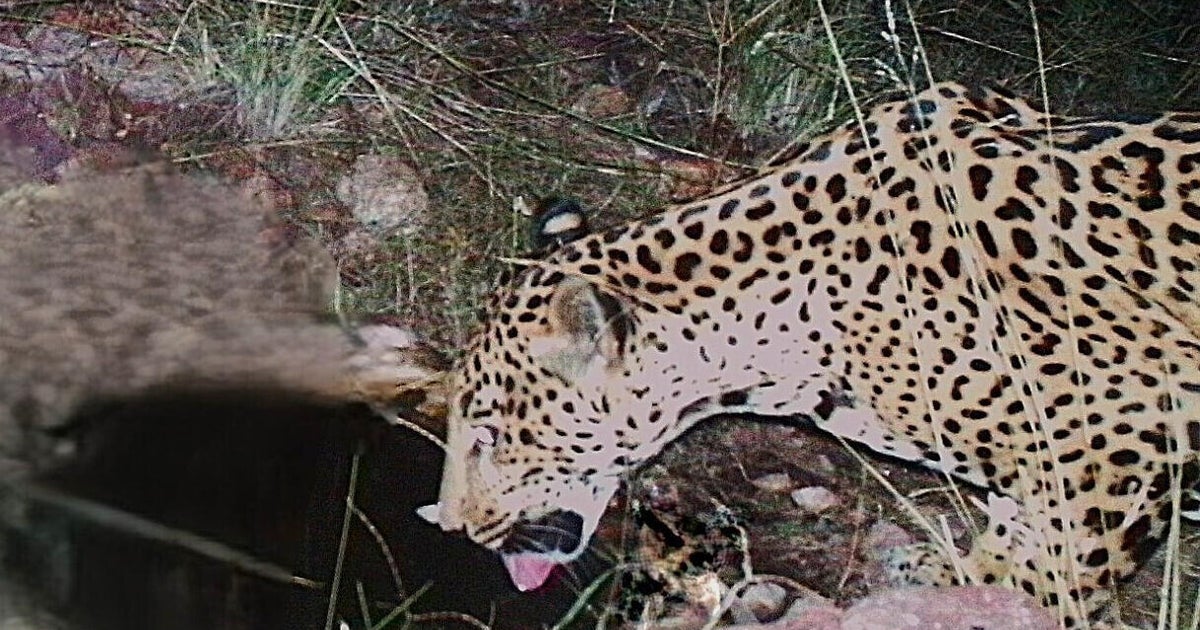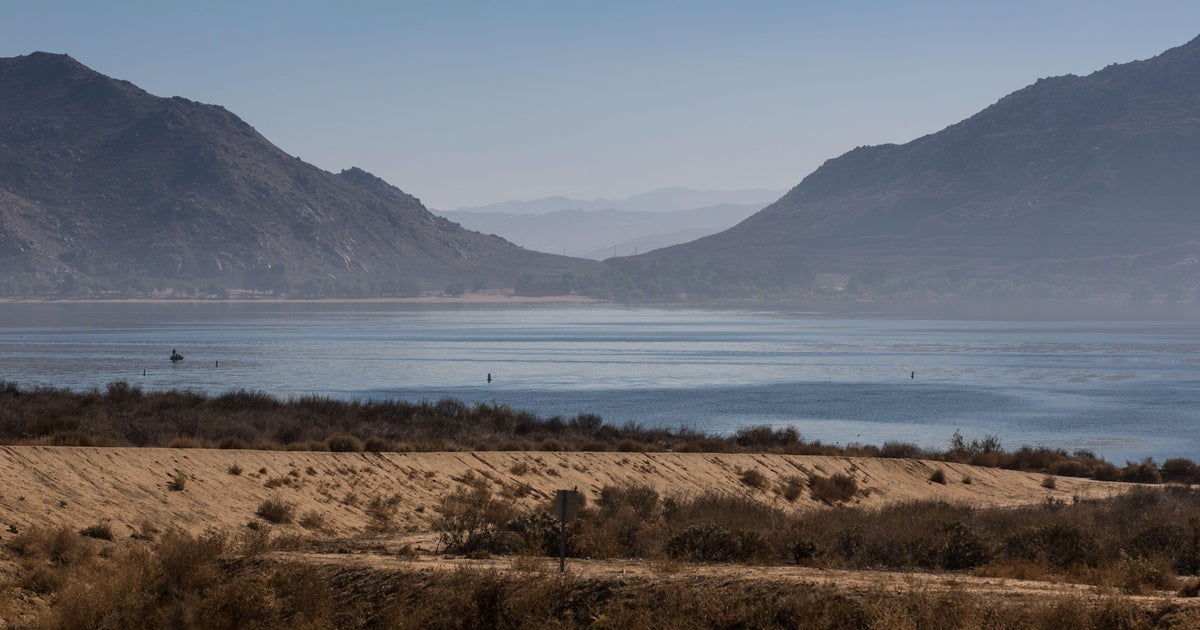NASA rover spots 6,000-foot-tall dust devil moving across Mars
A camera on NASA's Perserverance rover captured a dust devil more than a mile high moving across a ridge on Mars, the agency said in a news release.
The rover was near Mars' Jezero Crater when it spotted the dust devil, moving about 2.5 miles away, on Aug. 30, 2023, NASA said in a news release. The crater was the rover's original landing site, and is believed to have once been a lake, meaning it may have once supported microbial life.
The rover was able to capture footage of the dust devil. A camera on the rover took 21 photos, each four seconds apart, to capture the lower portion of the dust devil, and scientists sped up the photos to make them resemble a video.
From the imagery, scientist were able to determine that the dust devil was about 200 feet wide. Only 387 feet of the dust devil's height were captured by the cameras, but scientists estimated that it was about 6,336 feet tall - more than a mile in height. NASA said the storm was moving at a clip of about 12 mph.
"We don't see the top of the dust devil, but the shadow it throws gives us a good indication of its height," said Mark Lemmon, a planetary scientist at the Space Science Institute in Boulder, Colorado, and a member of the Perseverance science team, in the news release. "Most are vertical columns. If this dust devil were configured that way, its shadow would indicate it is about 1.2 miles in height."
Dust devils are "much weaker and generally smaller than Earth's tornadoes," NASA said, and occur when rising warm air mixes with descending cooler air. They work as a mechanism to move and redistribute dust around Mars. Studying dust devils can help scientists better understand the Martian atmosphere and improve weather models, the agency said, and Perserverance and fellow rover Curiosity both constantly monitor for such phenomena.
The Perseverance rover has been on Mars since 2020 and is working to learn about the planet's geology and climate, hopefully setting the stage for human exploration of the planet. The rover is the first mission to collect Martian rock and regolith, or broken rocks and dust, with missions to have spacecraft collect those samples and return them to Earth planned. The rover is also looking for signs of past microbial life, like the kind believed to have existed in the crater, on Mars.








